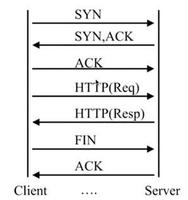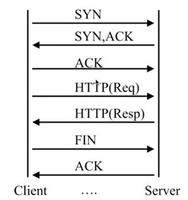Python教程:str()和repr()的区别

区别
其实用处就是最大的区别了:str()主要用来为终端用户输出一些信息,而repr()主要用来调试;同时后者的目标是为了消除一些歧义(例如浮点数的精度问题),前者主要为了可读。
使用
In [12]: s = "abc"In [13]: print(str(s))
abc
In [14]: print(2.0/11)
0.18181818181818182
In [15]: repr(s)
Out[15]: ""abc""
In [16]: repr(2.0/11)
Out[16]: "0.18181818181818182"
仔细看一下,其实并没产生精度上的不同;但是当在Python2中就会发现区别了:
>>> eval("2.0/11")0.18181818181818182
>>> print(2.0/11)
0.181818181818
所以换个例子:
#Python学习交流群:778463939In [17]: import datetime
In [18]: n = datetime.datetime.now()
In [19]: print(str(n)
...: )
2020-01-16 09:22:13.361995
In [20]: repr(n)
Out[20]: "datetime.datetime(2020, 1, 16, 9, 22, 13, 361995)"
可以看到前者可读性更好,后者打印出来了类型和值,更适合调试;
实现
二者都通过内置函数实现;看看官方文档说repr()
Return a string containing a printable representation of an object.A class can control what this function returns for its instances by defining a __repr__() method.
意味着可以自定义这个函数,并实现自己的repr()(str同理),如下:
In [35]: class TestClass: ...: def __init__(self, name, age):
...: self.name = name
...: self.age = age
...: def __repr__(self):
...: return "repr: " + self.name + " ," + self.age
...: def __str__(self):
...: return self.name + " ," + self.age
...:
In [38]: tt = TestClass("tony", "23")
In [39]: repr(tt)
Out[39]: "repr: tony ,23"
In [40]: str(tt)
Out[40]: "tony ,23"
以上是 Python教程:str()和repr()的区别 的全部内容, 来源链接: utcz.com/z/531224.html








